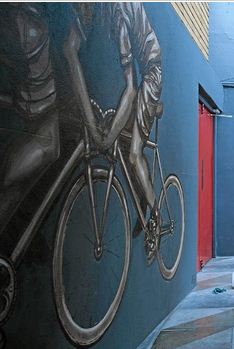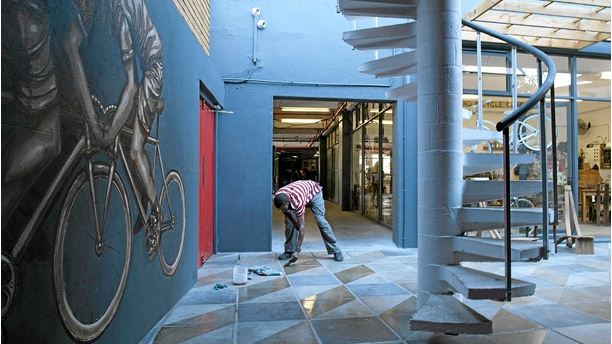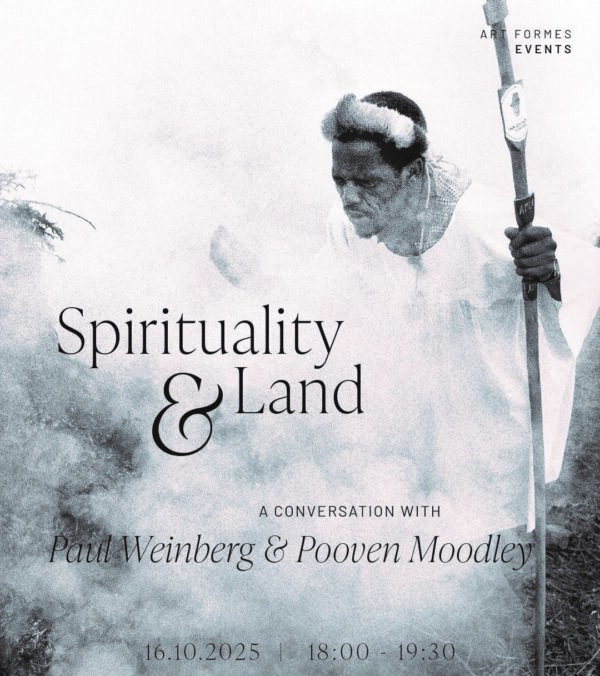Woodstock is the go-to place for creatives who don’t have money to set up shop in the City Bowl, reports Nadine Botha.
Finding parking in Woodstock has become almost impossible and an increase in crime has been reported as a wave of creative types floods the area. “Residents can’t leave their houses because if they lose their parking spaces they’ll never get them back,” says Elan Kirschenbaum, chairperson of the Woodstock Improvement District.
This high-pressure system is the result of the completion of the Woodstock Exchange, previously known as the Woodstock Industrial Centre. The Indigo Group, also responsible for the redevelopment of the nearby Old Biscuit Mill, bought the building, and the evicted artists were squealing gentrification.
Having reached its first stage of completion, the Woodstock Exchange has been converted from grungy authentic to slick industrial. Street-level windows invite passers-by to the newly relocated and expanded Superette diner and an alluring interior retail experience with tenants including Honest Chocolate, Pedersen+Lennard, Dark Horse, Lady Bonin’s Tea Parlour and more. The stairs are not easy to find, but designer-retailers such as Wolf & Maiden continue on the first floor. Further up in the building are the offices of Google and the Bandwidth Barn.
Immediately obvious is that this is a whole new crew of young creative brands compared with the tenants of the original building. Only 10 of the original tenants have stayed, down from the 50 reported last year.
Full Story in the Mail & Guardian: Grunge gives way to design in Woodstock | Arts and Culture | Art and Design | Mail & Guardian.







